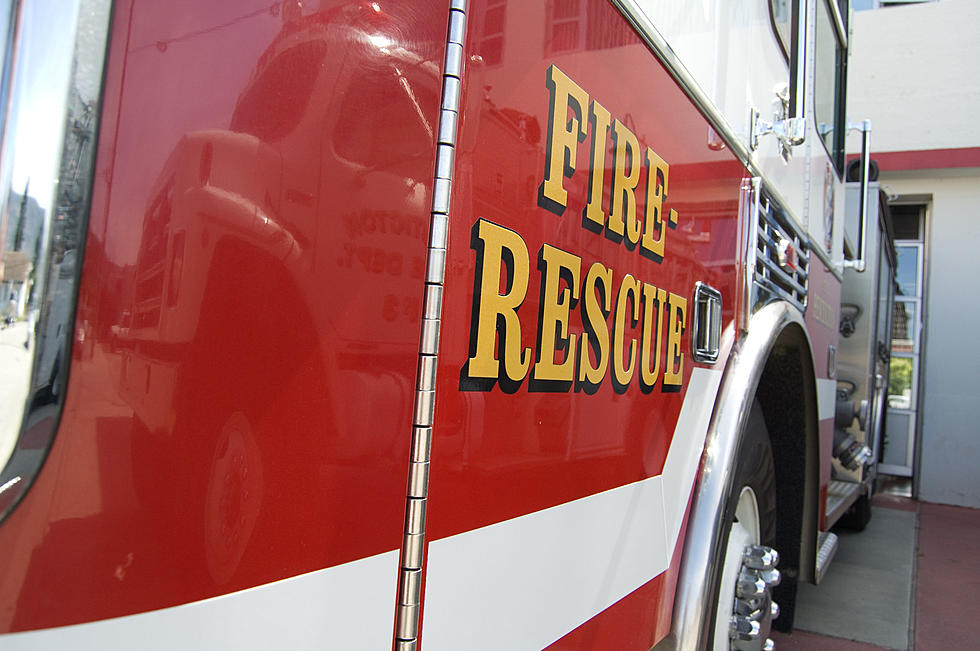
Tuesday’s Blaze KIcked Off Wildfire Season In NCW, What’s Next?
Wildfire season is now underway in North Central Washington after a 554-acre fire near East Wenatchee ignited Tuesday afternoon.
The Wenatchee Valley Fire Department deals with 3-6 large scale wildfires every summer according to Chief Brian Brett.

He says the area is especially susceptible to fires because of inherent conditions.
"We, unfortunately, have a long history of our communities in the region impacted by wildfires, often severely every year," said Brett. "The shrub-steppe environment is always primed to burn all summer long."
Tuesday's fire is still under investigation but started with waste products at the Greater Wenatchee Landfill and Recycling Center at 191 Webb Road east of Pangborn Airport.
The fire marshal has not determined the cause of the fire yet because of being called on to help with response to the blaze.
The Washington State Department of Natural Resources is forecasting a normal wildfire season statewide, although Wildland Fire Meteorologist Matthew Dehr told KPQ earlier this year that a day with 50 mph winds and 10 percent humidity could easily trigger a breakout of large fires.
Brett says high summer temperatures, low humidity and the region's arid ecosystem make it especially vulnerable to fires.
He also thinks wind is increasingly a problem.
"Maybe it's just because I pay more attention to it than I did when I was a kid growing up here, but it sure seems to me like the wind blows throughout the summer far more frequently than it ever had," Brett said.
Tuesday's fire took place very close to the Batterman Fire which burned 7,900 acres in early July of 2021.
Counties with the worst droughts in Washington
Gallery Credit: Jaime Skelton
More From NewsRadio 560 KPQ









